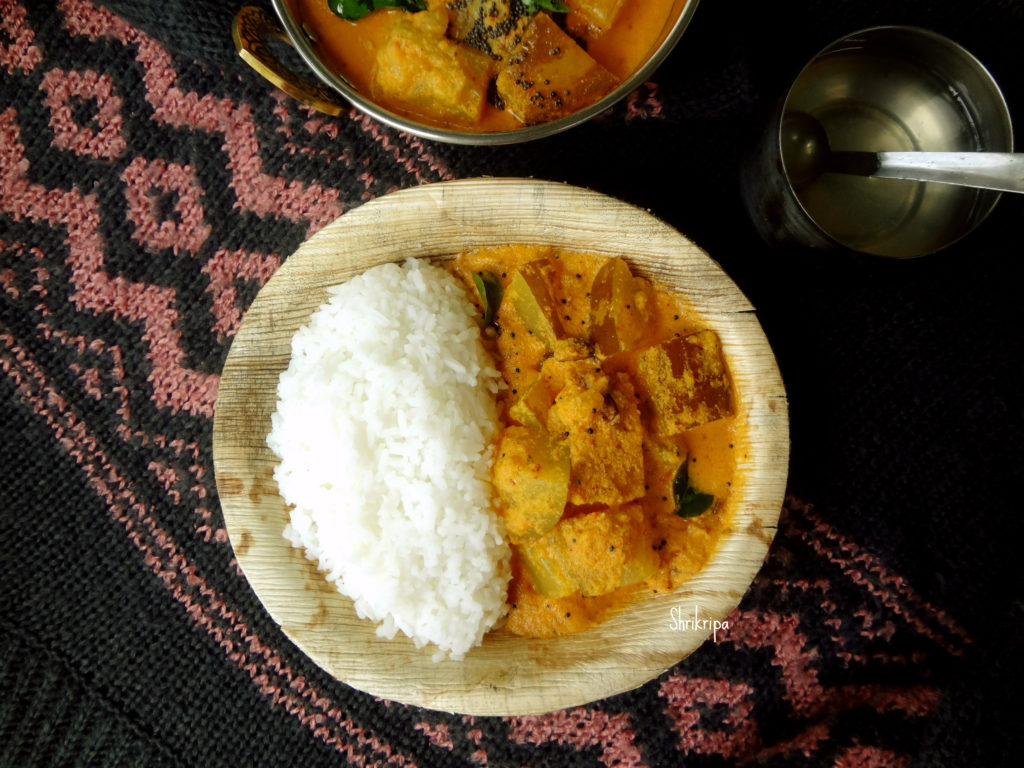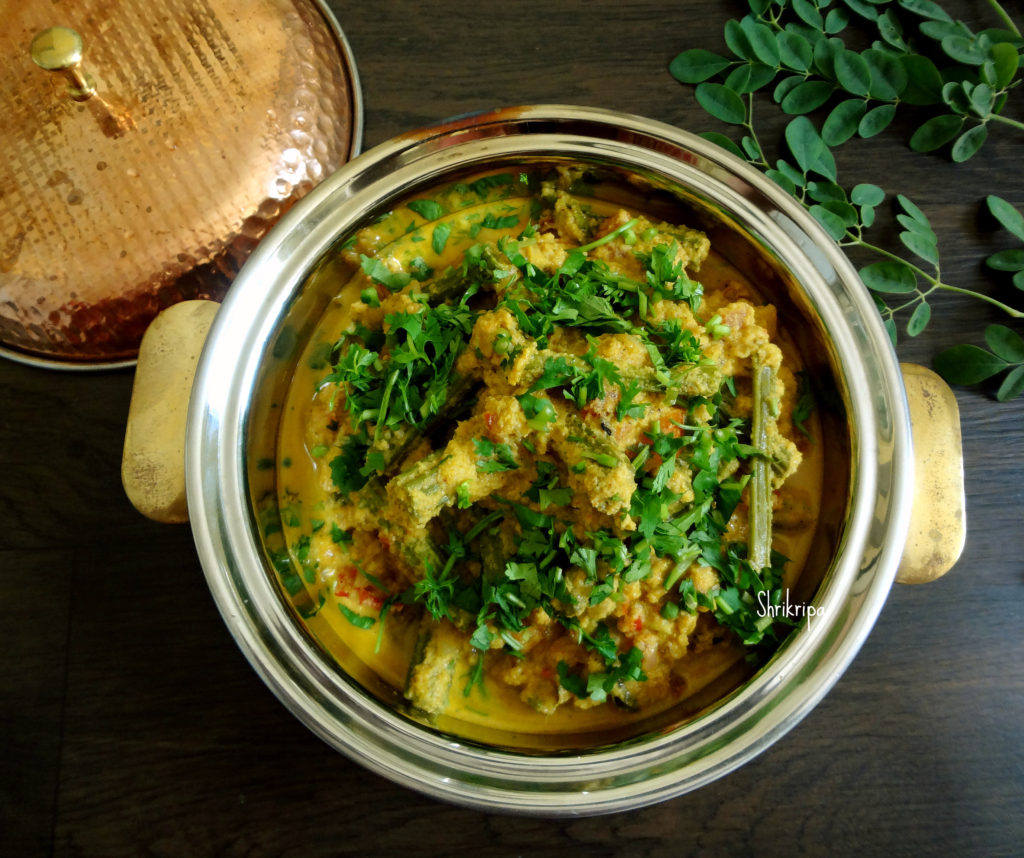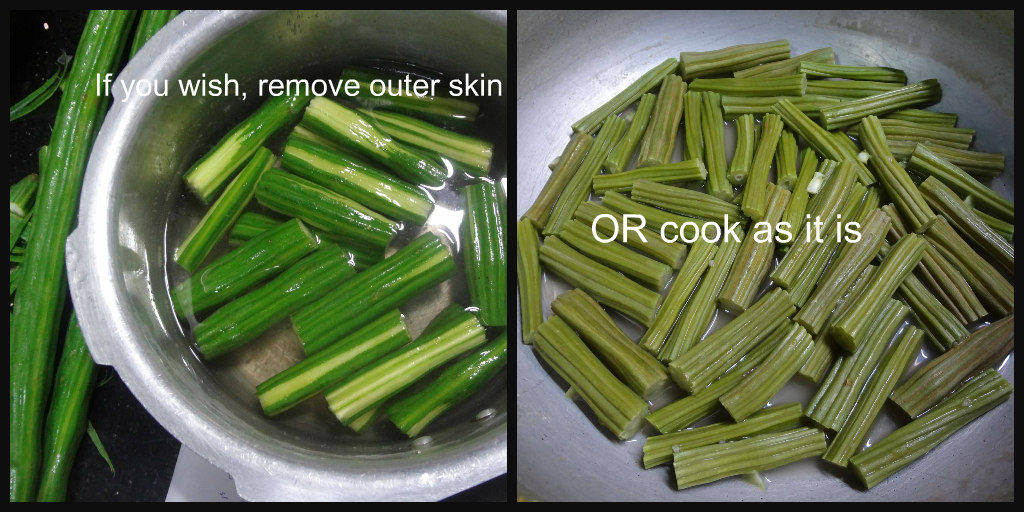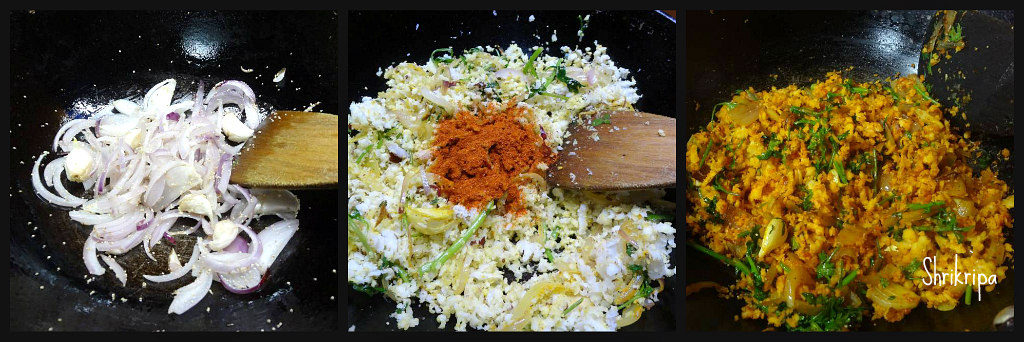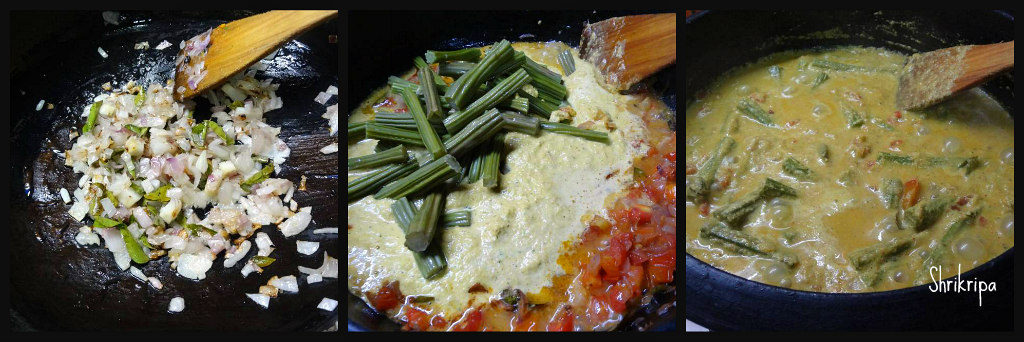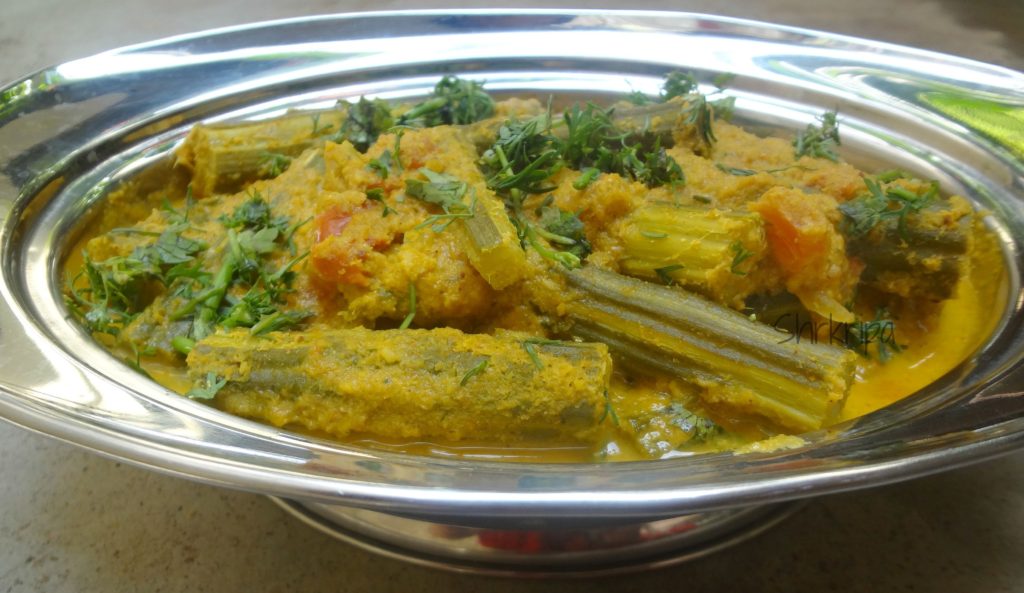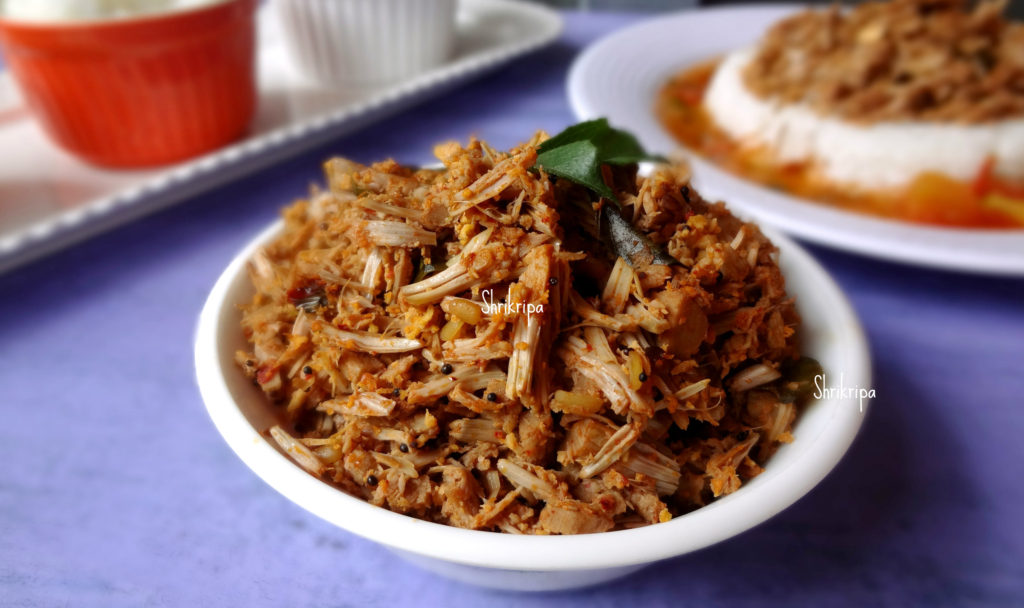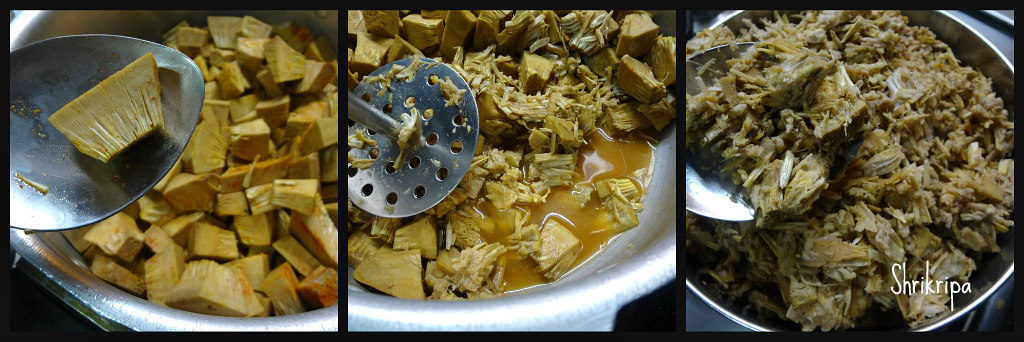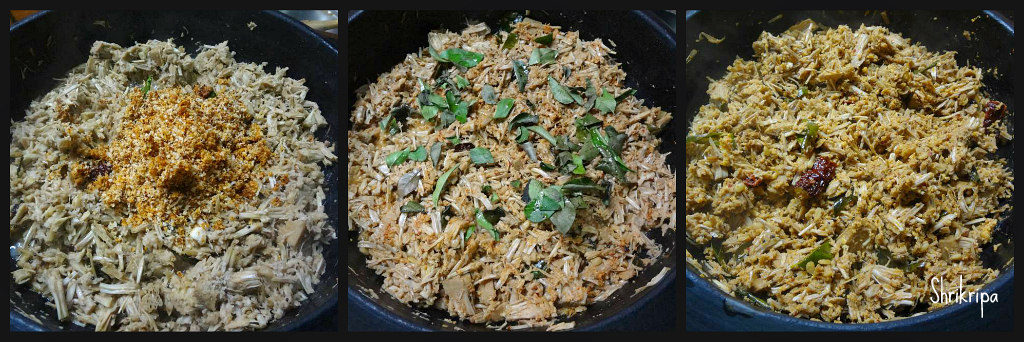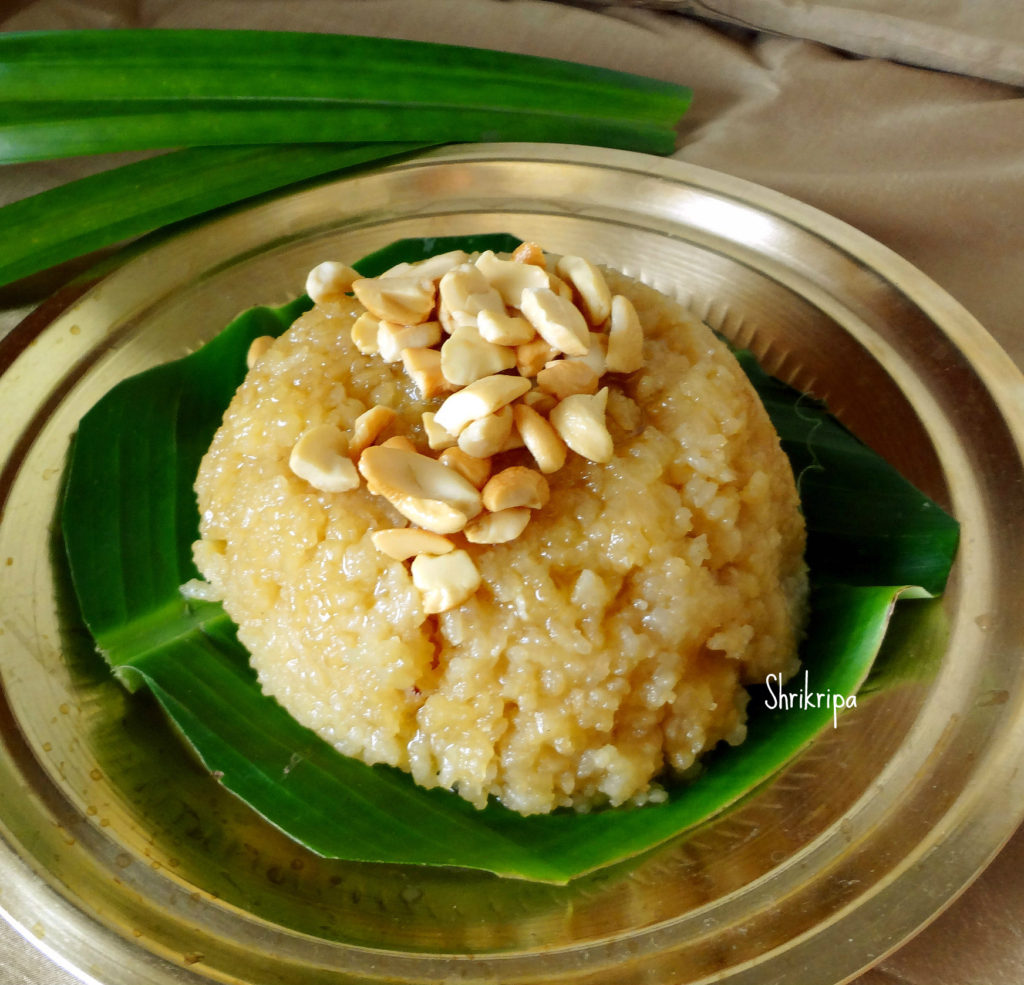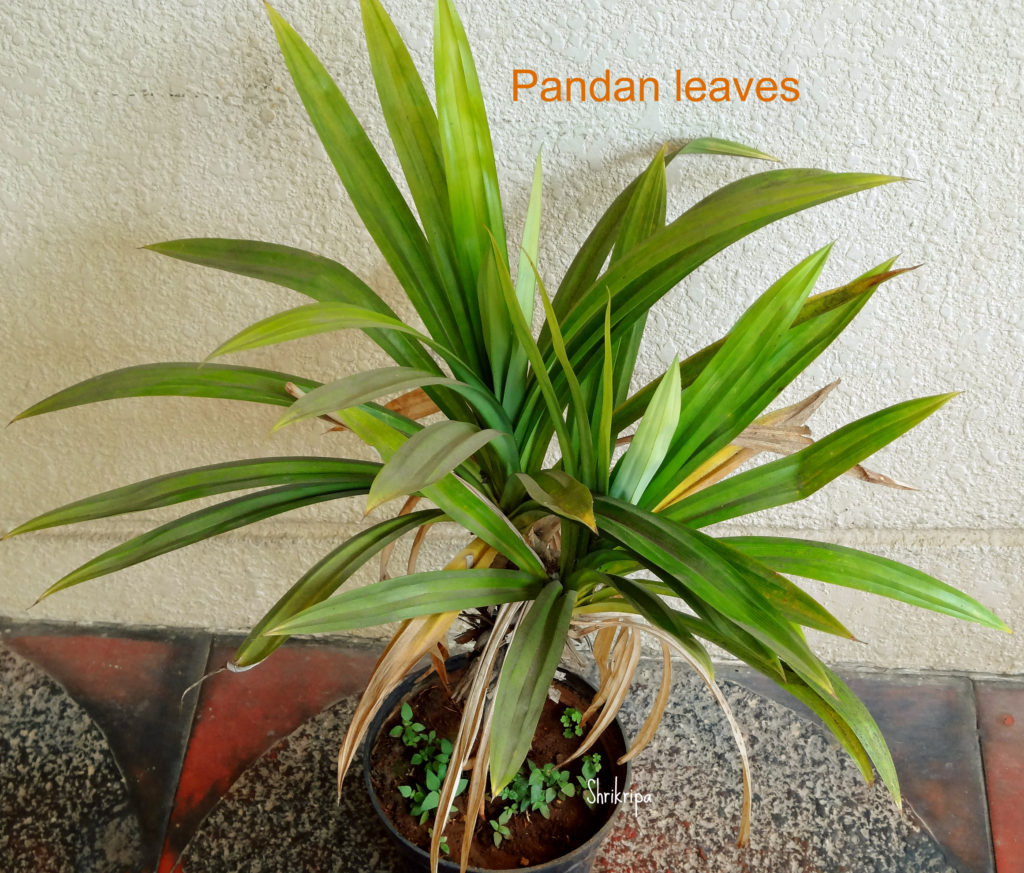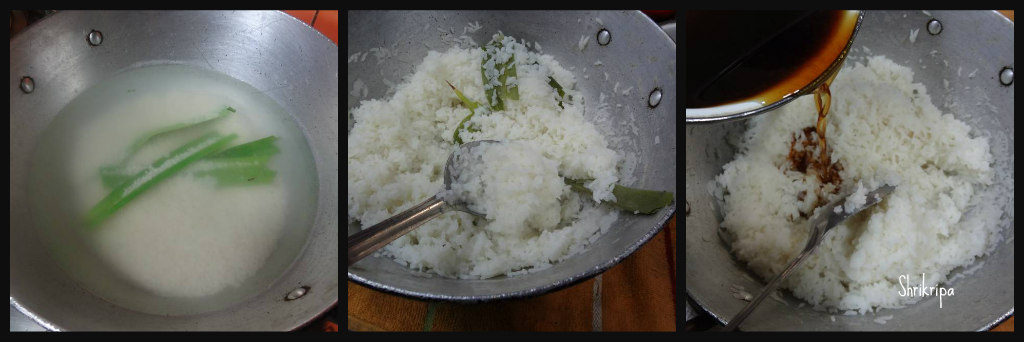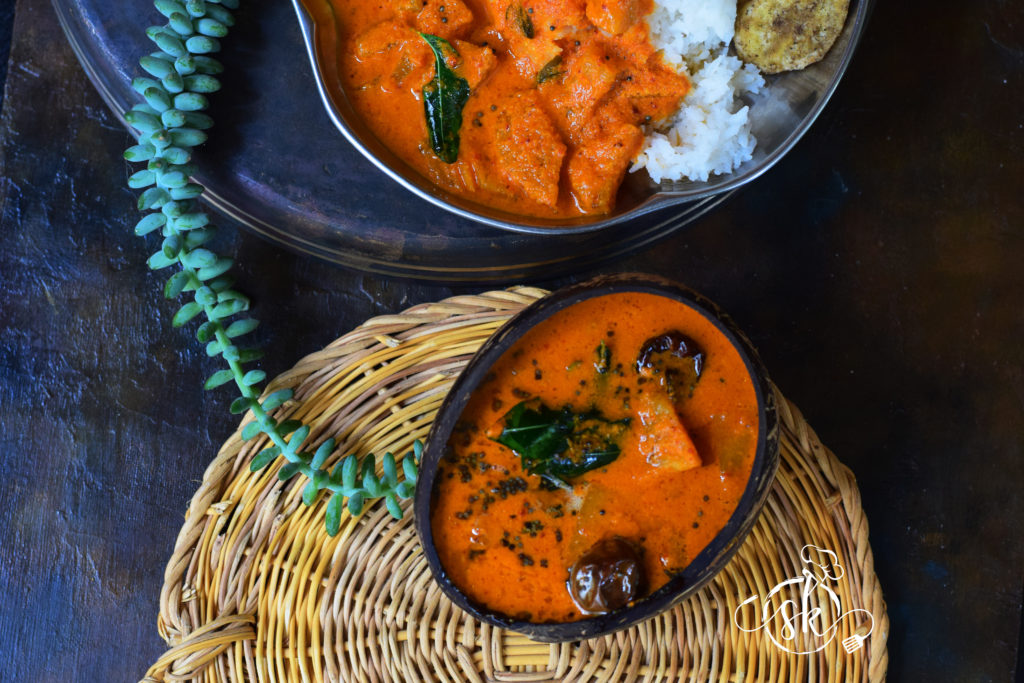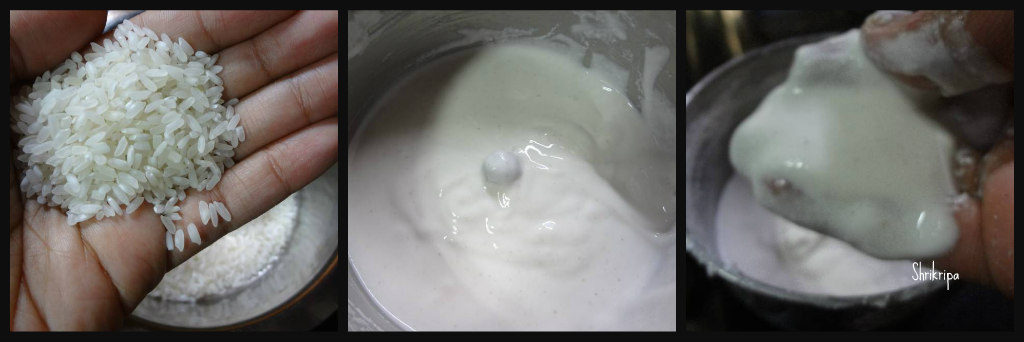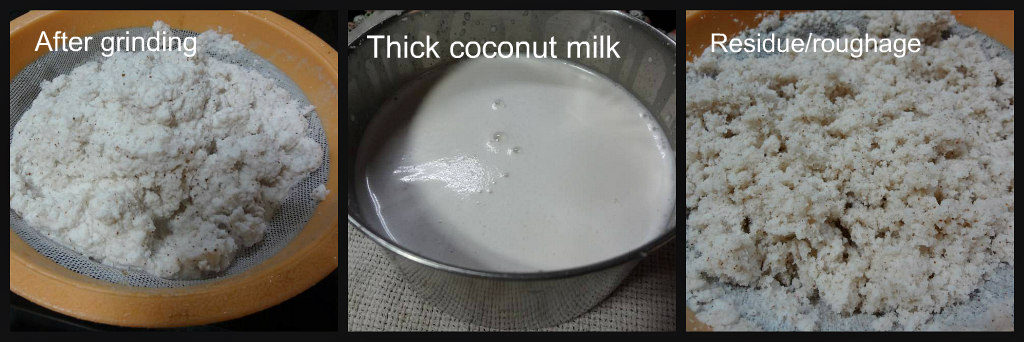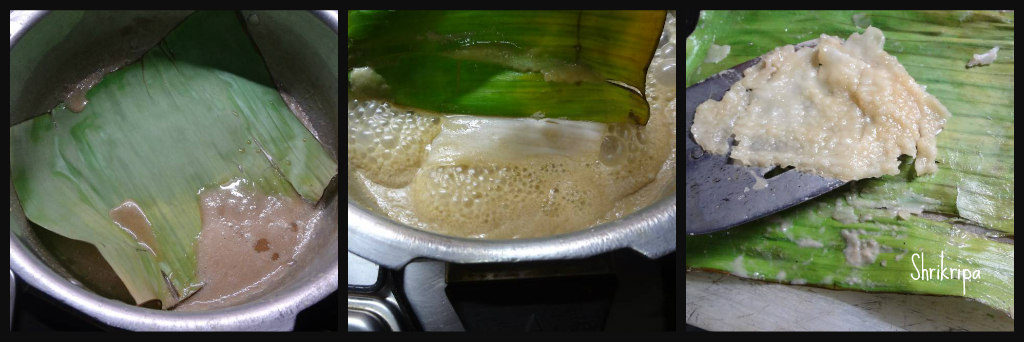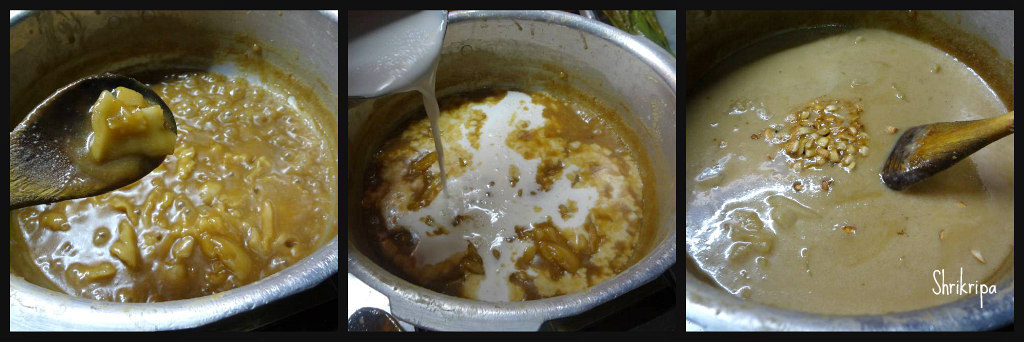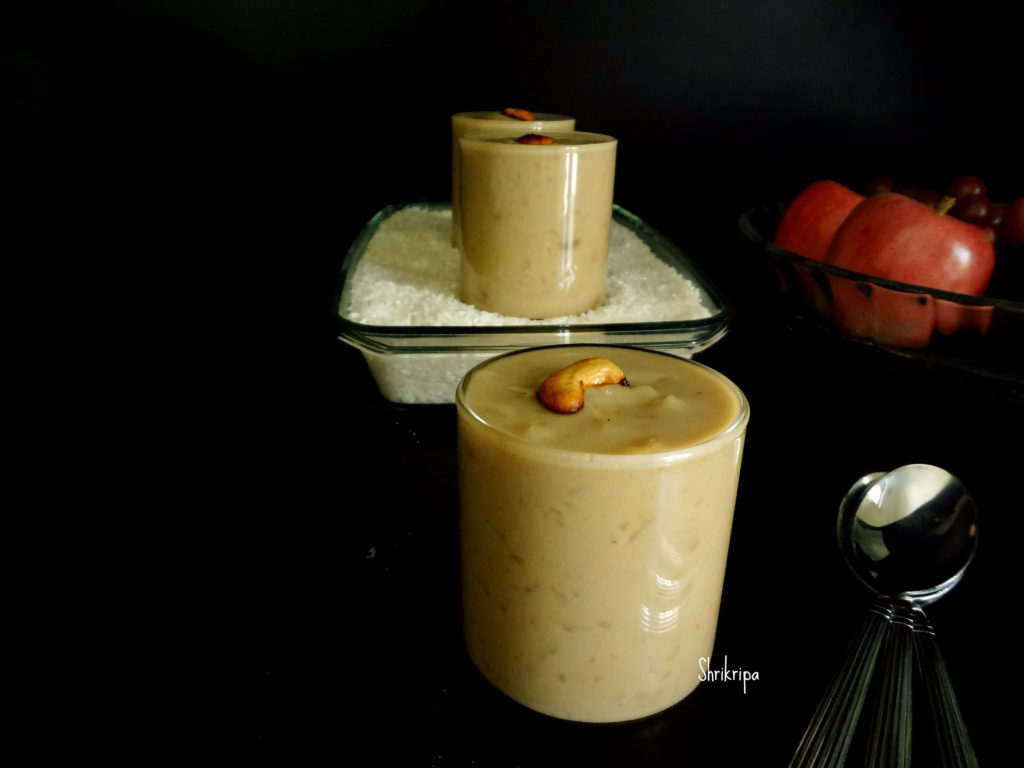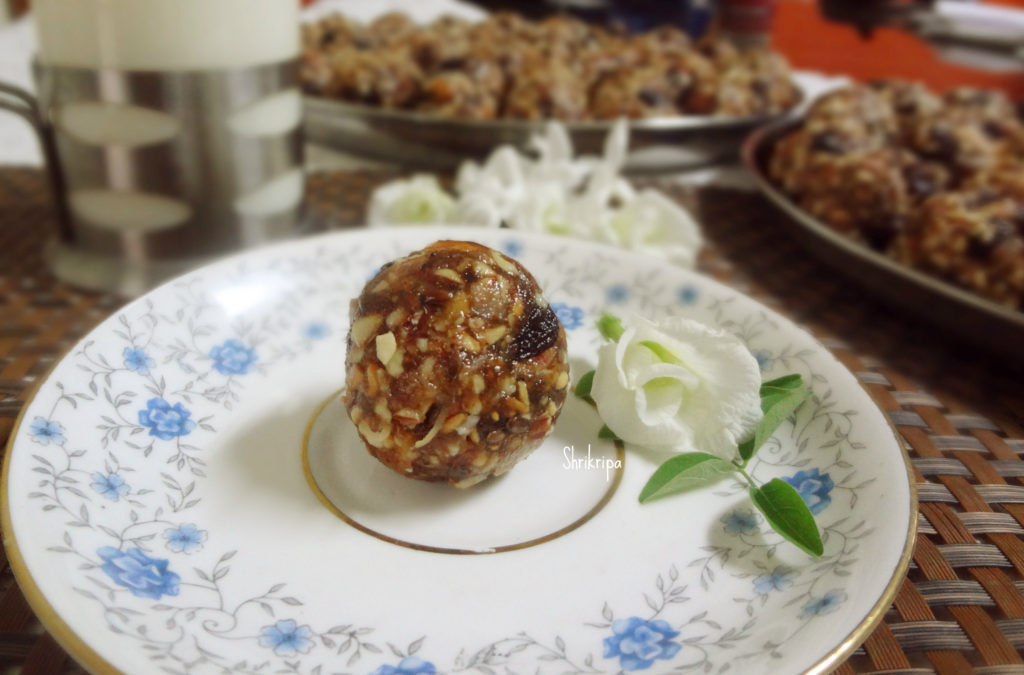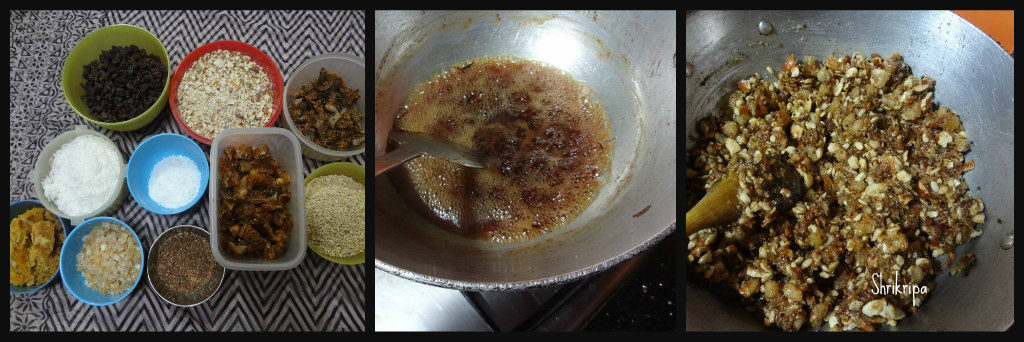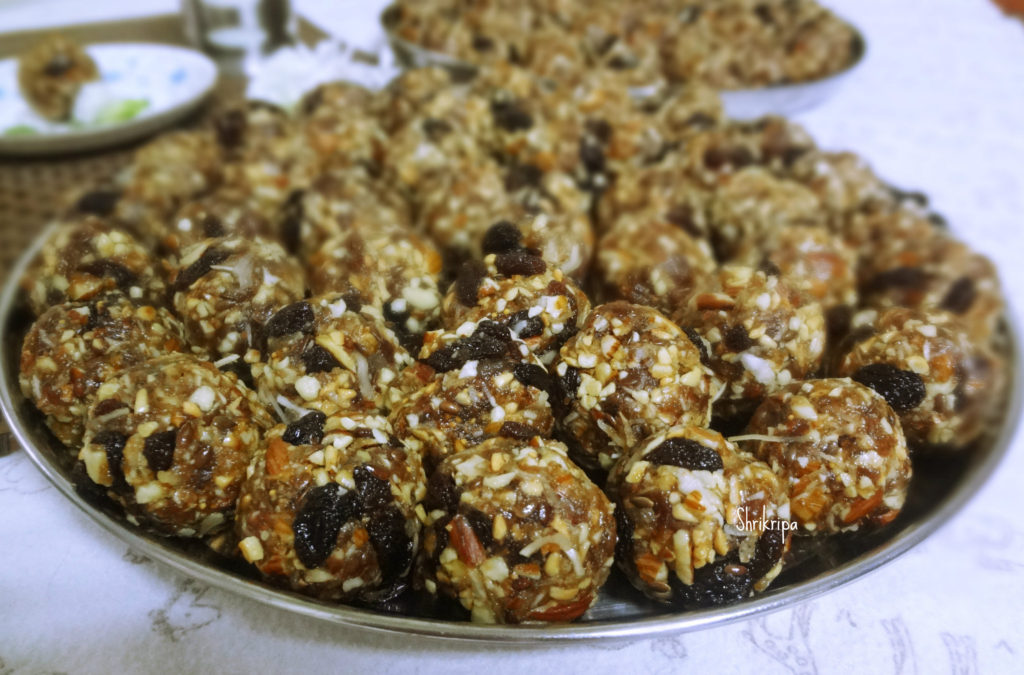Basically, it is a very simple garlic flavoured dry coconut chutney. One of the most loved condiments of my kitchen. It works wonders when you sprinkle it on Dosa or onion uthappam while making. When you are lazy to prepare fresh coconut chutney, take this chutney powder and drizzle some coconut oil and relish with any south Indian breakfast items. It works just fine with North Indian Parata as plain or mix it with sweetened curds and relish. It tastes yummy with hot rice as well with ghee. Sometimes I even use this chutney powder as a stuffing for some veggies as well 😉. So, overall it is a multi-dimensional ingredient.
Garlic is intensely high on aroma as well as flavour. When you roast it and use it, aroma increases even more. It is considered as very good for human health. Garlic is widely used in medicinal purpose to combat many illnesses.
As we grow coconut in our coastal area, chutney powder will be made by adding dried coconut and because of its no moisture content, shelf life of the powder increases, and health benefit of dry coconut can be included by this way as well. Health benefit of dry coconut is many, and it contains many essential nutrients, dietary fibres and some important minerals as well.
I use Urad dal for its nutritional benefit as well as for its aroma with added benefits from the Chillies and curry leaves as well as sharing one more version of chutney powder with added neem flower at the end of this post.

Now I will jump into the procedure –
Ingredients:
Dry coconut / Copra – 2
Dry red chillies – 20 to 25 (Byadagi)
Urad dal – 1 to 2 table spoons
Garlic – 2 (whole)
Curry leaves – 10 – 15 strings
Tamarind – 1 tea spoon
Salt – as needed
Sugar or jaggery powder – as needed.
-At first, slice coconut into thin chips.
-I usually air dry these slices for one or two days in open air (optional)
-Wash curry leaves and spread this to air dry.
-Dry coconut has high degree of oil content and while roasting and powdering, it tends to leave oil and becomes wet. When I tried to make after air drying, it never becomes wet and powdering becomes very easy.
-After air drying, make powder by using mixer grinder. This step will help in equal roasting.

-Take one kadai, dry roast urad dal until it becomes light brown.
-Dry roast garlic (I usually clean only loose skin of garlic clove and leave inner skin intact).

-Dry roast air dried curry leaves until crisp.
-Roast Red chillies by sprinkling some coconut oil.
-Dry roast coconut powder.
-Spread everything and cool.
-Take one mixer grinder, powder urad dal, red chillies at first. Then add curry leaves and powder.

-To this add garlic and use “PULSE” option and churn for a short interval.
-Now you will see a mass of masala.
-Take out all this and mix with roasted and cooled coconut.
-Now add salt, sugar or jaggery, tamarind and mix.

-Now take this mixture little by little and “pulse” in a mixer grinder to attain powder form.
-After completing the procedure, use dry hand and mix a whole lot of chutney powder nicely in one vessel.
-Check for salt, sugar, chilli.
-If needed add red chilli powder, salt or sugar and adjust.
-After it cools down, store it in a dry container. It stays good for 3 to 4 months in normal temperature or without any refrigeration.
Garlic Chutney powder with Neem Flower: Perfect for winter months.

Same recipe to follow and If you want to add Neem flowers in this chutney recipe, you can use dried neem flowers with all the other ingredients of garlic chutney powder.

Dry roast sun dried flowers for a couple of minutes, cool and add with other ingredients while dry grinding the powder and enhance the nutrition value during winter months.
It equally tastes great like regular garlic chutney powder.















